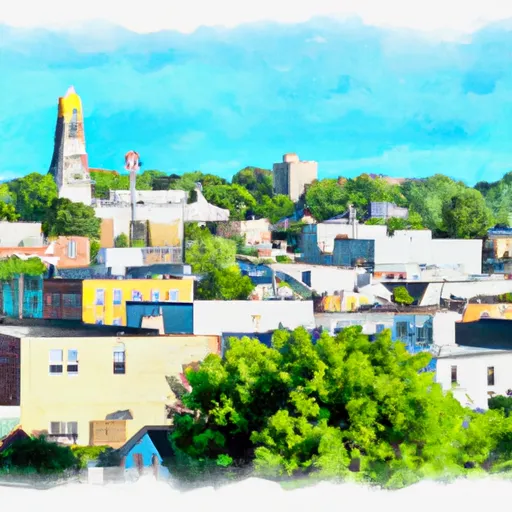°F
°F
mph
Windspeed
%
Humidity











Wellsburg, Iowa, is a charming small town located in Grundy County. The climate in Wellsburg is considered humid continental, characterized by hot, humid summers and cold winters. Average temperatures range from the mid-80s Fahrenheit in summer to the mid-20s in winter. Precipitation is fairly evenly distributed throughout the year, with slightly higher rainfall during the spring and summer months.
Hydrologically, Wellsburg is situated near the East Fork of the Iowa River, offering scenic views and recreational opportunities for fishing and boating enthusiasts. The river supports a diverse ecosystem with various fish species like catfish and bass. Additionally, Wellsburg is surrounded by picturesque farmland, providing a serene rural atmosphere and opportunities for hiking, birdwatching, and exploring nature.
Outdoor recreation enthusiasts will find several parks and green spaces in and around Wellsburg, including the Wellsburg Golf Course, which offers a challenging 9-hole course. Nearby, residents can enjoy the tranquil waters of Pine Lake State Park, where they can fish, canoe, hike, and camp. With its pleasant climate and beautiful natural surroundings, Wellsburg is an ideal destination for those seeking outdoor adventure and a peaceful retreat.
Weather Forecast
Wellsburg receives approximately 894mm of rain per year, with humidity levels near 84% and air temperatures averaging around 9°C. Wellsburg has a plant hardyness factor of 5, meaning plants and agriculture in this region thrive during a short period during spring and early summer. Most plants will die off during the colder winter months.
Regional Streamflow Levels
63
Cubic Feet Per Second
4
Cubic Feet Per Second
45
Cubic Feet Per Second
8
Cubic Feet Per Second
Nearby Camping
| Camping Area | Reservations | Toilets | Showers |
|---|---|---|---|
| Katy Roundhouse Campground | |||
| Brookfield City Park | |||
| Maxwell Taylor Park | |||
| Versailles City Park | |||
| Unionville City RV Park | |||
| Pilot Grove City Park |



